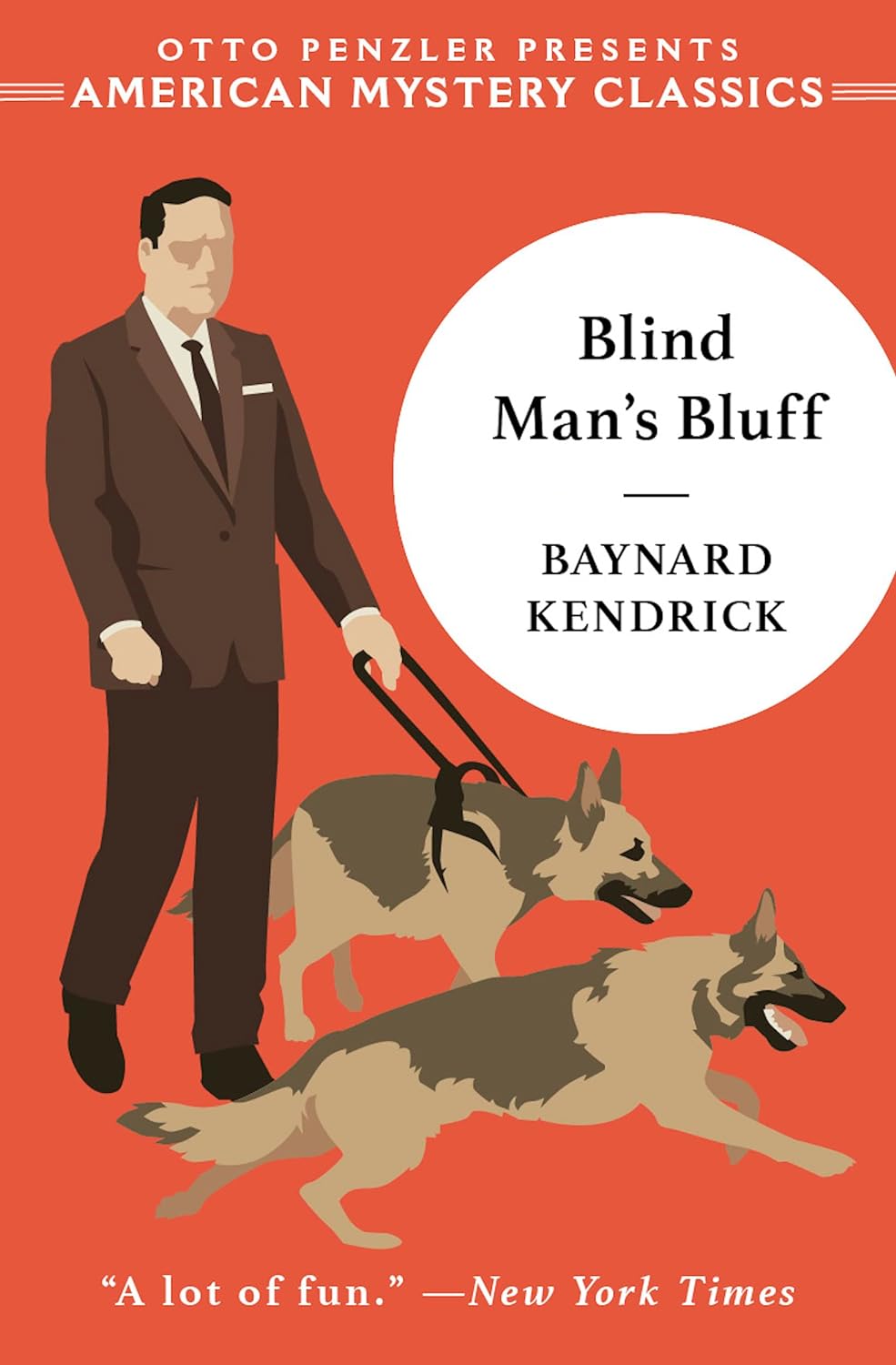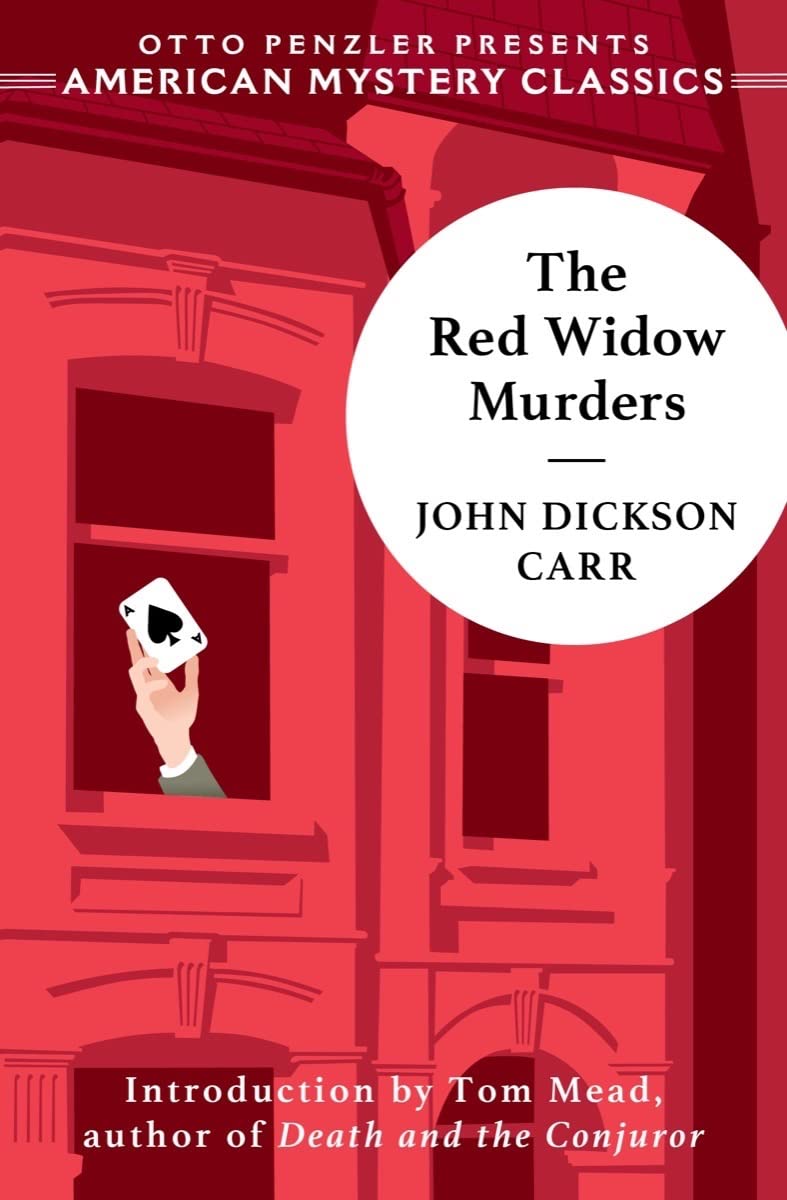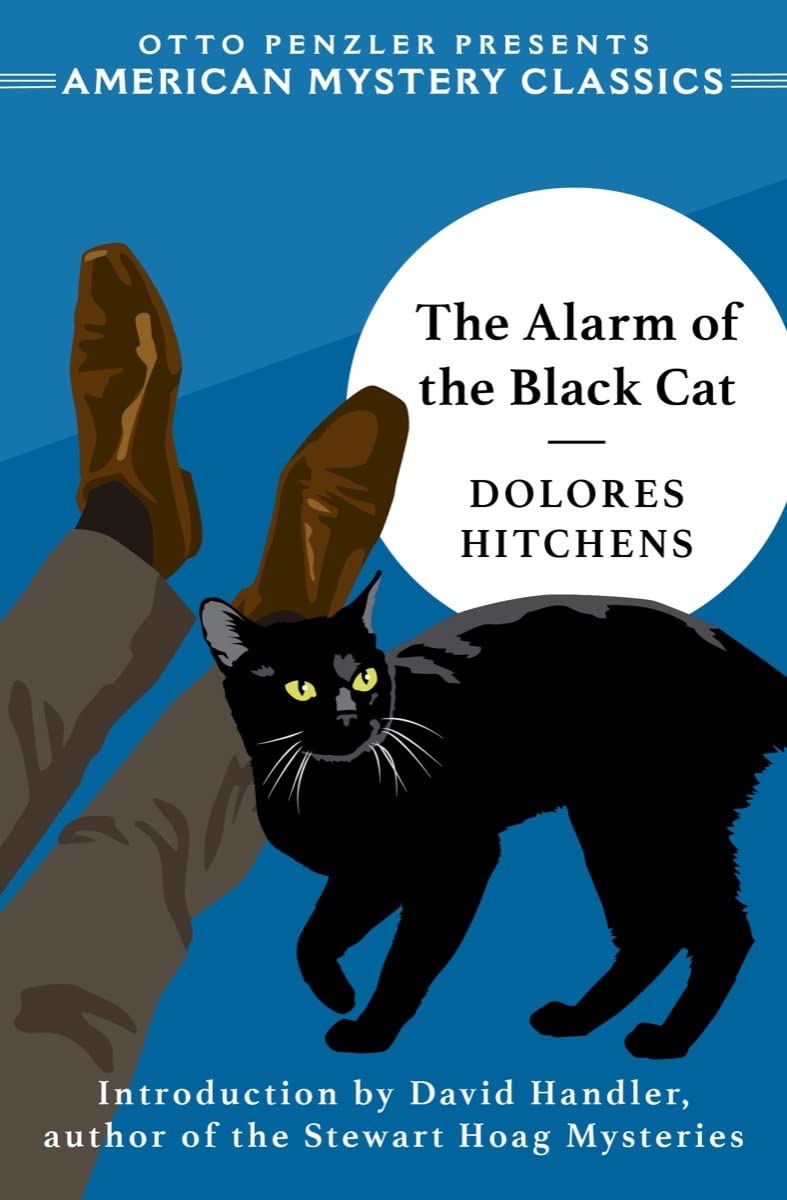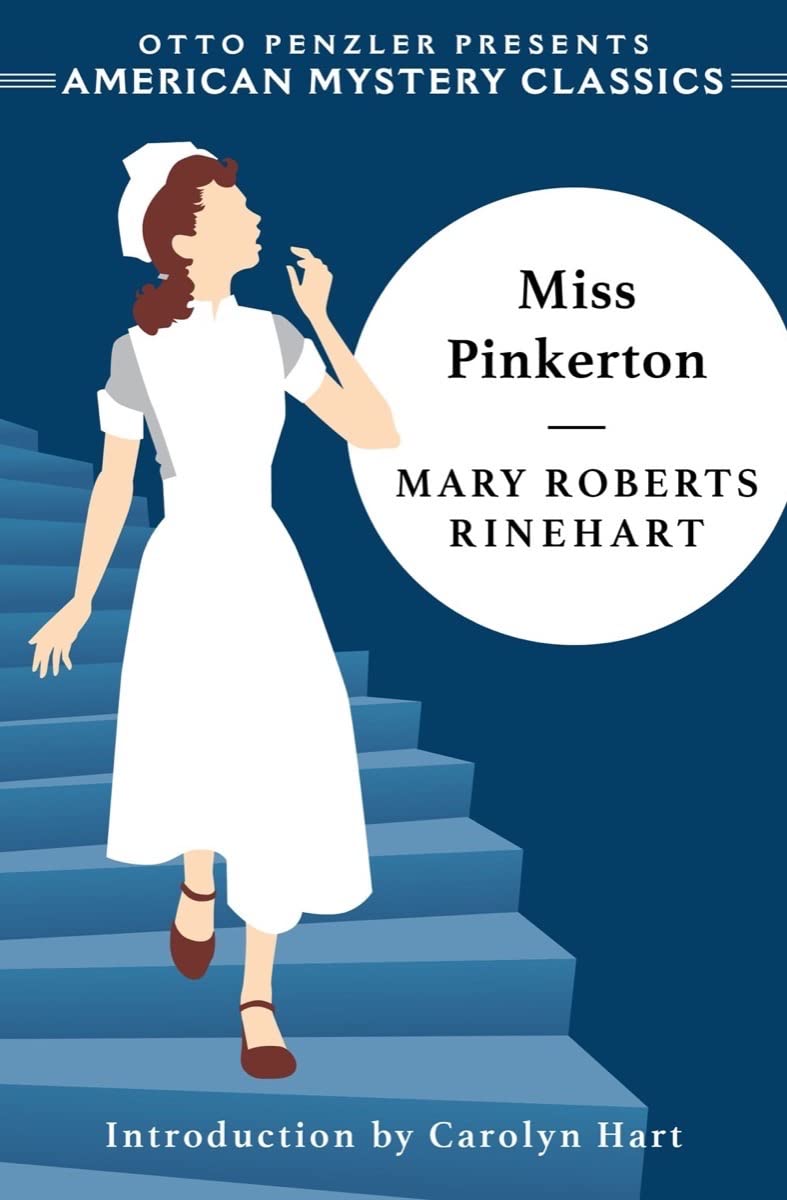
![]()
![]()
![]()
![]()
![]()
I’ve already looked at one story with this title this week, so let’s complete the set, eh? This Blind Man’s Bluff (1943) is the fourth of Baynard Kendrick’s mysteries featuring Captain Duncan Maclain, and the second to be reprinted in the American Mystery Classics range. Having previously enjoyed The Odor of Violets (1941), I’m pleased to report that this is a stronger mystery, with a steadier core plot and enough unusual ideas stirred in to make a third visit with Maclain, should the AMC so wish it, rather appealing. The detective story and the pulp thriller have rarely meshed so well in my — admittedly, limited — experience, and I’m keen for more.








